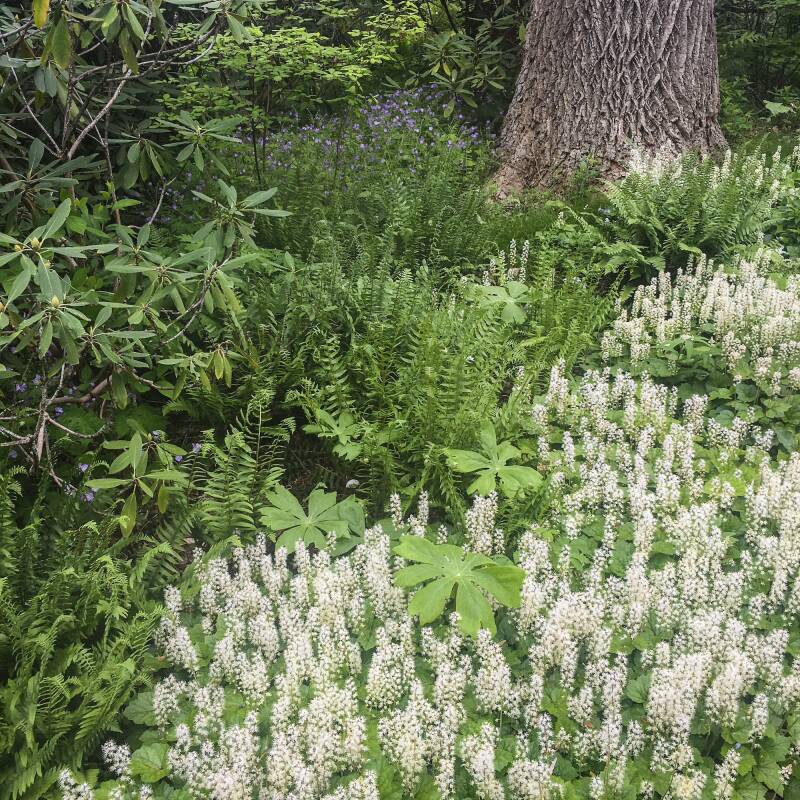With Halloween in the rear view mirror and Thanksgiving speeding up fast, autumn is officially here which means the leaves keep falling, falling….and falling. Clearing the yard of this constant flurry of foliage occupies many people’s free time. The motivation may be to clean pathways and sidewalks of wet, slippery leaves or to rescue delicate plants from being smothered. And then there’s just the purely aesthetic reason: wanting a tidy garden space.
Whatever the reasons, most people tackle the job of cleaning up leaves in two ways: a rake or a gas leaf blower. Some people have a total preference and some maybe are willing to change. If you are on the fence about which leaf removal tool to use, please keep reading to learn the pros and cons of each:
Rake

Pros:
- Produces no harmful emissions.
- Affordable to purchase.
- Easy to store.
- Produces an acceptable (almost meditative) sound when being used.
- Even kids can use it.
- If you rake at a vigorous pace or have a big garden, you’ll burn calories and get exercise.
Cons:
- Difficult to remove every last leaf, especially from corners.
- Takes energy and time.
Leaf Blower

Pros:
- Quickly clears leaves.
- Capable of removing leaves from tight spots.
- Takes much less physical effort than raking.
Cons:
- Blowers don’t just blow leaves. They also kick up whatever’s on the plants and in the soil, including pesticides, fertilizers, animal feces, and pollen, which can be dangerous for those using the machine and those nearby.
- If your machine is gas-fueled, it’s also emitting smog-forming pollutants. And refueling it can cause spills that enter and contaminate soil and waterways.
- Tends to be noisy and disruptive to both humans and wildlife. According to Audubon, “some gas blowers produce more than 100 decibels of low-frequency, wall-penetrating sound—or as much noise as a plane taking off—at levels that can cause tinnitus and hearing loss with long exposure.”
- Can dry out and erode soil and harm delicate plants, organisms, and pollinators.
- More than 100 cities across the country have already passed regulations to ban or restrict gas-powered leaf blowers.
- Way more expensive than a rake and needs maintenance.
Bottom Line:
If you have to clean up the leaves, a good old-fashioned rake wins the day. It’s the quietest, least expensive, and most environmentally friendly leaf-removal option. If you must have a leaf blower in your life, though, at least opt for one of those newfangled electric or battery-operated leaf blowers, which can be quite handy, relatively earth-friendly in that they don’t pollute, and quieter than their gas-powered counterparts.
But the best thing to do with fallen leaves is to put them to work for your garden. Rake them into a pile, run them over with a lawn mower, and use the chopped leaves as mulch for your garden, or add a bunch to your compost pile and let nature work its magic.
For more on fall foliage, see:
- Gardening 101: How to Use Fallen Leaves
- Your First Garden: What You Need to Know About Raking Leaves
- Fall Foliage 101: Why Some Autumns are More Colorful












Have a Question or Comment About This Post?
Join the conversation (1)